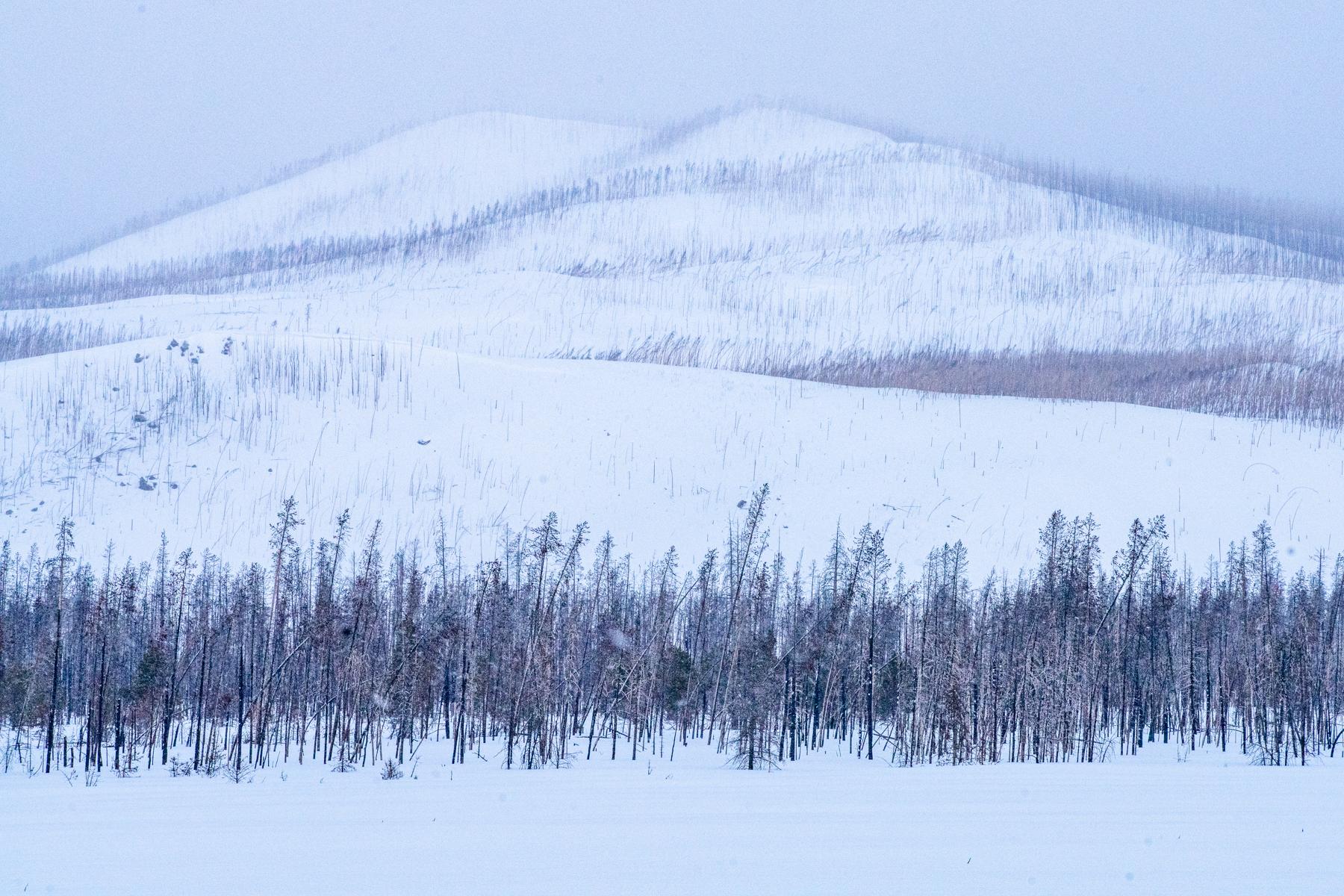
Some Colorado communities are stacking sandbags and halting traffic as the state’s robust snowpack begins to melt.
In Dolores, volunteers stacked thousands of sandbags last week to combat water streaming down from the snow above. The flooding means Dolores High School will likely have to replace their gym floor. Meanwhile, U.S. 40 between Craig and Steamboat saw a temporary closure because of flooding in Hayden.
Russ Schumacher, director of Colorado State University’s Colorado Climate Center, says the region’s high elevation and cooler weather usually means that spring flooding stays under control. But higher temperatures earlier in the season are causing the snow to melt faster than the streams can control.
“We tend to say that the snowpack is pretty well behaved in that we tend not to have it all melt off at once and cause these big flooding issues,” Schumacher said. “It remains to be seen how bad that ends up being and a lot of that will depend on the spring weather here going forward as well.”
Nearly every watershed in the state saw above average snowpack this winter.
Schumacher said a strong monsoon season last fall means less of that water will be absorbed by the soil, sending more downstream and into reservoirs. However, the longer term outlook for this year’s water depends a lot on the coming weeks.
“The bad situation would be if we get a long string, like a week or two of sunny, dry windy conditions where the melt is going to happen really fast. That’s the kind of situation that we don’t want,” Schumacher said. “The more typical conditions of going a couple days warm, then maybe a cool off and some precipitation, that’s the good behavior of the snowpack.”









